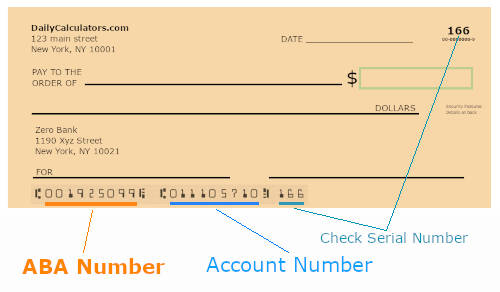What does a bank check look like in 1800s
In the vast tapestry of history, the humble bank check stands as a testament to the evolution of financial transactions. Journey back to the early 19th century, a time when the ink quill danced upon parchment, and transactions were sealed with the elegant flourish of a signature. Imagine the scene: it's January 31, 1815, and Andrew Jackson, a figure of great prominence in American history, sits at his desk. With purposeful strokes, he fills out a check from the Nashville Bank to Bennett Smith, an individual whose story is lost to the annals of time.
What is a radian
The radian, denoted by the symbol rad, is the unit of angle in the International System of Units (SI) and is the standard unit of angular measure used in many areas of mathematics.
Imagine a circle with its center at point O, and a radius drawn from the center to a point on the circle, creating an arc. The angle θ (in radians) is the angle formed when you have an arc whose length is equal to the radius of the circle.
What is an ABA number

An ABA number, also known as a bank routing number, is a nine-digit code that uniquely identifies financial institutions in the United States. These numbers play a crucial role in facilitating various financial transactions, including:
-
Wire Transfers: When you need to transfer funds from one bank to another, the ABA number ensures that the money reaches the correct financial institution.
What is Internal Rate of Return (IRR)?
Internal rate of return (IRR) refers to the rate of return that the project investment is expected to achieve. In essence, it is the discount rate that enables the project's net present value to be equal to zero.
The internal rate of return is the present value of the cash flow generated by an investment in the future, taking into account the time value, which is exactly the rate of return of the investment cost.
